Fish might seem harmless at first glance, but some species pack a deadly punch. From venomous stings to sharp teeth and even electric shocks, the underwater world has its share of perilous predators. This article explores the most dangerous fish on the planet, their unique threats, and how to stay safe around them.
What Makes a Fish Dangerous?
The Top Most Dangerous Fish in the World
Stonefish
Electric Eel
Tigerfish
Barracuda
Candiru
Goliath Tigerfish
Types of Dangers These Fish Pose
Venom
Aggression
Electric Shocks
Predatory Behavior
Where Dangerous Fish Are Found
Freshwater
Ocean and Coral Reefs
How to Stay Safe Around Dangerous Fish
FAQs About Dangerous Fish
Fish can be dangerous for a variety of reasons, and understanding these reasons is key to knowing which fish pose the biggest threat.
Venom: Some fish, like the stonefish and lionfish, carry venomous spines or toxins that they use to defend themselves. The venom can cause intense pain and, in some cases, can be life-threatening if not treated promptly.
Aggression: Certain fish, such as tigerfish or even bull sharks, can be aggressive. They often attack when threatened or when protecting their territory, and their strong bites or powerful jaws can cause serious harm.
Electric Shocks: aquarium/electric-fish.html">Electric fish, such as the electric eel, have specialized organs capable of delivering electric shocks to their prey. These shocks can be strong enough to stun or even kill smaller animals and pose a significant risk to humans if encountered in the wild.
Predatory Behavior: Some of the most dangerous fish, like the great white shark or barracuda, rely on their predatory instincts to hunt. Their sharp teeth and powerful jaws make them formidable predators that can inflict serious damage.

Pufferfish are famous for their ability to inflate when threatened. While this makes them look cute, they also carry a deadly toxin known as tetrodotoxin. This neurotoxin is hundreds of times more poisonous than cyanide, and there’s no known antidote. Despite their danger, pufferfish are considered a delicacy in Japan when prepared properly. If you eat one that’s not prepared by a licensed chef, however, you could easily be poisoned.

Stonefish are considered the most venomous fish in the world. These fish can be found in the Indo-Pacific region and are known for their excellent camouflage, blending in with the seafloor. If you step on one by accident, its venomous spines can inject a toxin that causes extreme pain, swelling, and in some cases, even death. Stonefish stings require immediate medical attention.
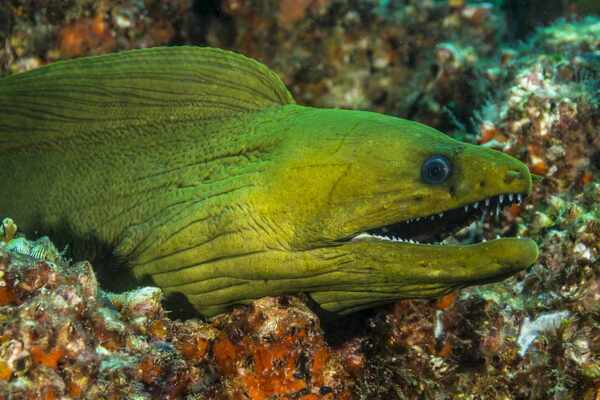
Despite its name, the electric eel is actually a species of knifefish, not an eel. It is capable of producing electric shocks of up to 600 volts, which it uses to stun prey or defend itself. The shock can cause paralysis and even cardiac arrest, making it one of the most dangerous freshwater species.
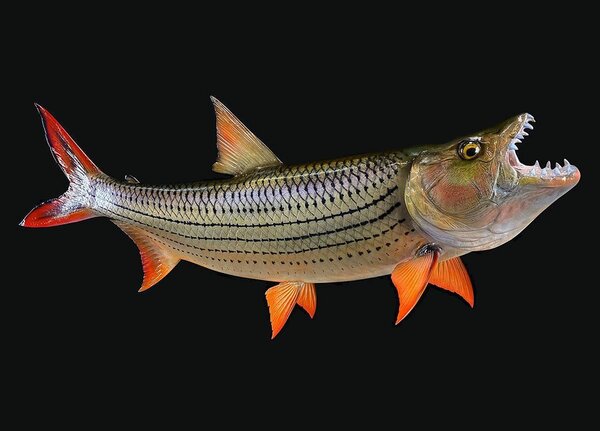
Known for their razor-sharp teeth, tigerfish are aggressive predators that stalk their prey in Africa’s rivers. They can deliver devastating bites, and their aggression makes them dangerous to humans if provoked or encountered in the wild.
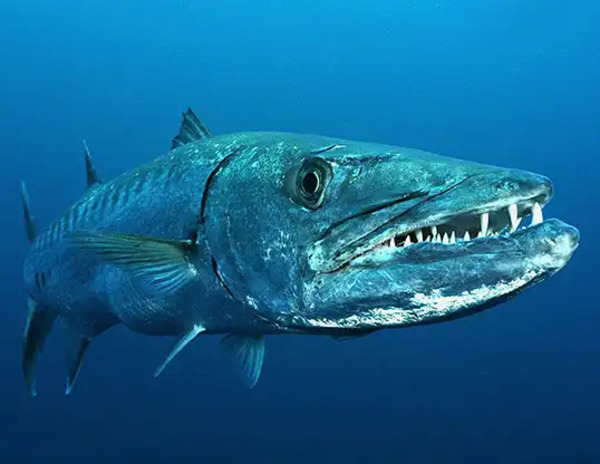
Barracudas are fast swimmers with long, sharp teeth that can cause significant injuries. While they typically aren’t a direct threat to humans, they’ve been known to bite when provoked or curious. Their speed and powerful jaws make them capable of inflicting serious wounds.

This tiny parasitic fish has earned a reputation for its disturbing behavior. Known as the "vampire fish," the candiru is notorious for entering the urethra of unsuspecting swimmers in the Amazon River. While rare, the sensation can be painful, and removal often requires medical intervention.

The great white shark is one of the most famous predators in the world. Its size, strength, and powerful jaws make it a significant threat to aquarium/52-marine-animals.html">marine animals—and occasionally to humans. Although attacks on humans are rare, great whites are responsible for more attacks than any other shark species.
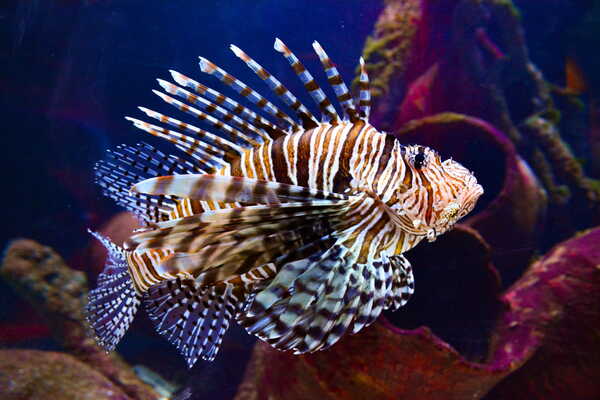
Lionfish have venomous spines along their fins. While not usually fatal to humans, stings from these fish can cause intense pain, swelling, and sometimes paralysis. They’re commonly found in coral reefs, where they prey on smaller fish.

Native to Africa’s Congo River, the goliath tigerfish is a massive predator known for its speed and aggressive nature. With teeth that can grow up to 2 inches long, these fish can easily tear through flesh, making them a dangerous species to encounter.
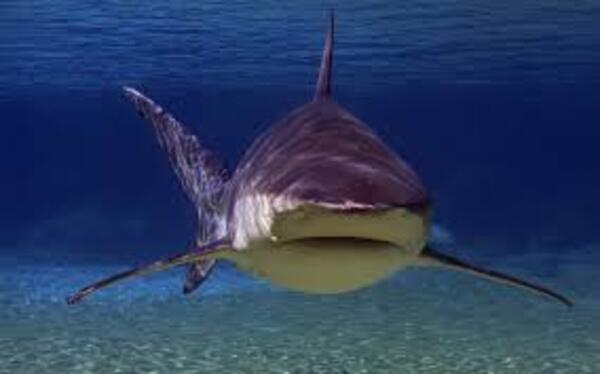
Bull sharks are known for their aggressive behavior and ability to swim in both saltwater and freshwater. They’re responsible for more shark attacks on humans than any other species, largely because they frequently venture into shallow waters where people swim and surf.
Understanding the various ways dangerous fish can harm humans is crucial for staying safe in the water.
Venom: Many fish, such as the stonefish and lionfish, rely on venomous spines or toxins as a defense mechanism. These toxins can cause severe pain, swelling, and, in extreme cases, death if not treated quickly.
Aggression: Fish like the tigerfish or bull shark are highly aggressive and can pose a serious threat if they feel threatened or are provoked. They often attack when they are protecting their territory or feeding.
Electric Shocks: Electric eels use electricity to stun prey. The shock they generate can be strong enough to stop the heart, leaving a person at risk of drowning or cardiac arrest if they’re exposed to it for too long.
Predatory Behavior: Sharks, barracudas, and other apex predators rely on predatory instincts to hunt. Their sharp teeth and powerful jaws make them capable of causing severe injury or even death.
| Danger | Example Fish | Effect on Humans |
|---|---|---|
| Venom | Stonefish | Excruciating pain, potential death |
| Aggression | Tigerfish | Severe bites, physical injury |
| Electric Shocks | Electric eel | Stunned or paralyzed, possible drowning |
| Predatory Behavior | Great White Shark | Fatal bites or attacks |
Different types of dangerous fish inhabit different environments, from freshwater rivers to coastal reefs.
Electric eels: Found in the Amazon and Orinoco river basins.
Tigerfish: Commonly found in rivers across Africa.
Bull sharks: Found in both saltwater and freshwater, including rivers and lakes.
Stonefish: Found in shallow coastal waters in the Indo-Pacific region.
Lionfish: Found in coral reefs across the Indo-Pacific and increasingly in the Atlantic.
Great white sharks: Coastal waters in temperate regions across the globe.
Research Before Swimming: Always research the local wildlife before entering unfamiliar waters, especially if you’re traveling to a new region.
Wear Protective Gear: If you’re swimming in areas where venomous fish are present, consider wearing water shoes or gloves to protect yourself from stepping on stinging fish like stonefish.
Keep Your Distance: Don’t try to handle or provoke dangerous fish. Even fish that don’t typically attack can become aggressive if threatened.
Stay Calm in the Water: If you’re stung or bitten, try to stay calm and seek medical help immediately. Panicking can make the situation worse.
Know the Signs of a Sting or Bite: Recognizing the symptoms of venomous fish stings (like swelling or discoloration) or bites (like bleeding) can help you get treated quickly.
No, not all venomous fish are deadly, but they can cause intense pain, swelling, and discomfort. Seeking medical help is important for severe stings or bites.
Yes, if consumed improperly, the pufferfish’s neurotoxin can be fatal. Only trained chefs should prepare pufferfish.
Immediately immerse the affected area in hot water (as hot as the person can tolerate) to help alleviate the pain. Seek medical attention immediately.
Great white shark attacks on humans are rare. Most sharks do not see humans as prey and attacks often happen due to mistaken identity.
Bright colors, sharp spines, or unusual shapes are often signs of dangerous fish. Always err on the side of caution and avoid handling unfamiliar species.
animal tags: Lionfish
We created this article in conjunction with AI technology, then made sure it was fact-checked and edited by a Animals Top editor.